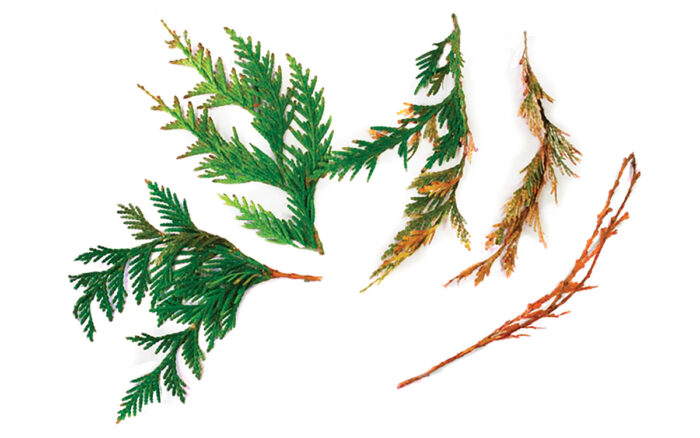
If you’ve ever had a beloved plant with a foliage malady, you may know firsthand the sadness of seeing that cherished garden gem slowly decline and die. Among the suspects for this unfortunate demise could be one of many fungi in the genus Pestalotiopsis, plant pathogens that are troublesome under certain conditions. Usually this fatal outcome happens when host plants are first weakened by something else, such as an unfavorable environment, insect pests, or other pathogenic fungi. The best way to thwart diseases caused by Pestalotiopsis fungi is to know how to prevent, detect, and manage this group of organisms.
Which plants are susceptible?
Unfortunately, there are several potential hosts of Pestalotiopsis fungi, from strawberries (Fragaria × ananassa and cvs., Zones 5–9), to cedars (Cedrus spp. and cvs., Zones 5–9), to rhododendrons (Rhododendron spp. and cvs., Zones 4–9). The plants most likely to be affected vary, however, depending on the region where they are located. In the United States, Pestalotiopsis commonly causes a tip blight disease on conifers in the Northeast, Mid-Atlantic, Midwest, and Pacific Northwest regions. It is particularly common on outdoor ornamental plants that are stressed after a tough winter or by wet soil. In my lab, I most frequently find arborvitae (Thuja spp. and cvs., Zones 2–9) and junipers (Juniperus spp. and cvs., Zones 2–11) affected by Pestalotiopsis tip blight.
In the Southeast, Southwest, and other warm regions of the United States with sufficient humidity, Pestalotiopsis can cause significant leaf spot, petiole blight, and bud rot on palms. Palms, particularly young ones, that are stressed from other issues may even be killed by severe infestations. Other plants, including many varieties of both woody and herbaceous ornamentals, may also be impacted and develop leaf spots from Pestalotiopsis fungi, although they are less likely to be impacted severely.
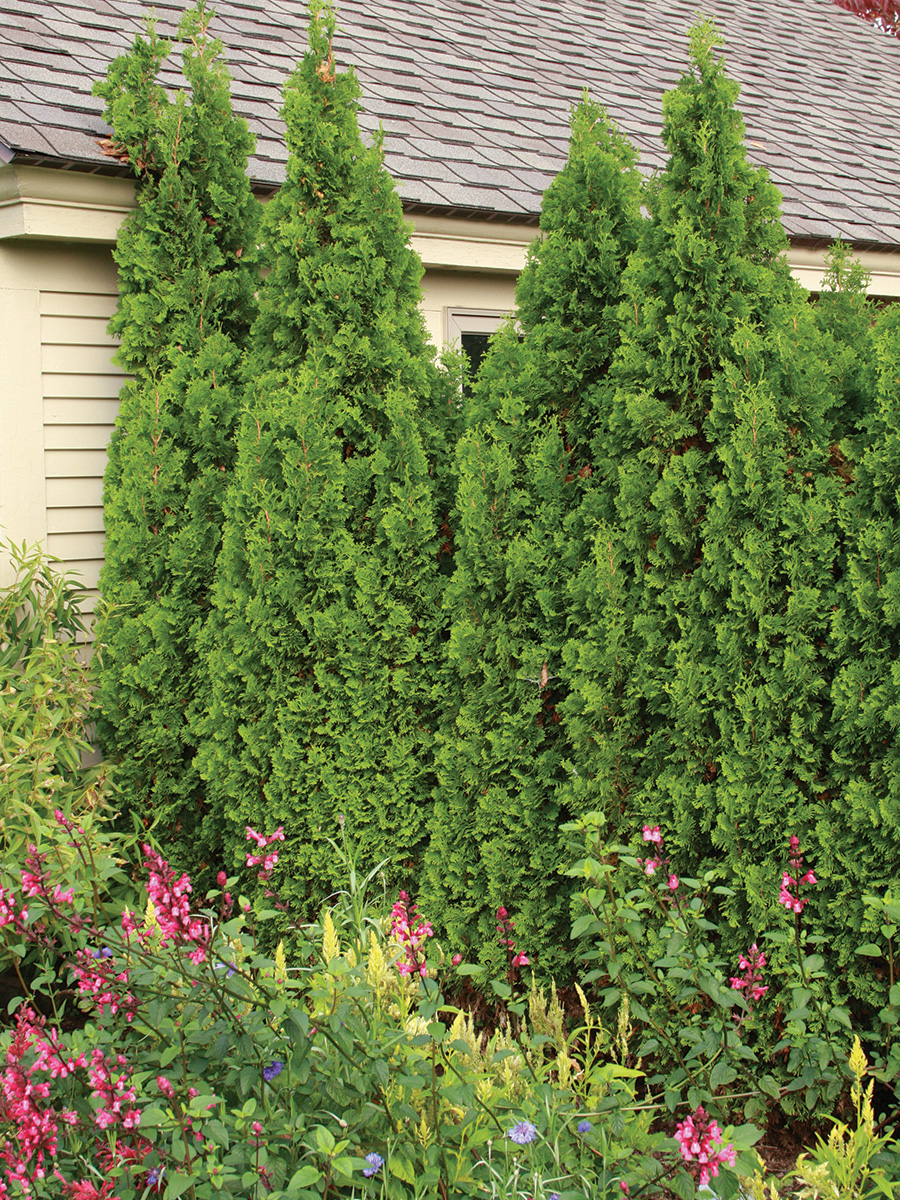
How to recognize an infection
Though the host range for this pathogen is broad, only conifers and palms are most likely to be impacted. Check these plants regularly to see if they are developing any symptoms that may be correlated to a Pestalotiopsis infection.
For conifers like arborvitae, symptoms usually begin with needles that turn from green to yellow, then brown, starting at the tips of branches. Branches that are tightly grouped together, especially lower branches, are more likely to be impacted first. Brown, dead tissue will eventually form black blister-like structures where fungal spores are developed.
For palms and other leafy ornamentals, check for stressed plants with leaf spots; these usually begin as yellow, brown, or black spots that eventually grow and become gray with a black border. With severe infestations, the spots may grow enough to merge together and kill the leaf or frond. While this is usually not especially damaging to fully grown plants, young plants with only a few leaves may be critically injured or killed by the pathogen.
How to prevent disease infestations
Preventing Pestalotiopsis diseases starts with improving the health of susceptible plants. In my lab, nearly all plants that come in with this affliction have already been stressed by something else. Sometimes this other issue is a severe scale insect infestation, wind damage, or road salt exposure. Usually, however, the plants that are most affected are those that have been suffering from “wet feet,” a condition that occurs when the soil does not drain well and the roots have been sitting in soggy conditions for too long. The best form of prevention, therefore, is safeguarding plants from other threatening perils.
With palms, initial stress may also be due to insect damage or abiotic issues (nutrient deficiencies, too much or too little water, too little light, etc.). Date palms (Phoenix spp. and cvs., Zones 9–11) seem to be more susceptible than other genera of palms, as do palms grown close together in nurseries or in similar situations. For both conifers and palms (and other rarely troubled leafy plants), techniques for preventing and managing a Pestalotiopsis infection are centered on good cultural management.
What to do about it
If you have a confirmed Pestalotiopsis infection, begin managing it by pruning away dead and diseased tissue during dry weather. Dead tissue stays infected and allows the disease to spread more easily. When pruning sick plants, be sure to disinfect your tools after cuts with 70% (or greater) rubbing alcohol or 10% bleach solution (1 part household bleach, 9 parts tap water). Also, selectively pruning dense leaves and branches of healthy plants can increase airflow and reduce the likelihood of developing Pestalotiopsis infections later.
Try to minimize the amount of time water stays on leaves, needles, and branches. While we can’t control when it rains, we can control when and how we provide supplemental water. For nurseries and managed landscapes with dense plantings (e.g., hedges), try to use drip irrigation rather than overhead. Alternatively, water with a hose or can, targeting the roots of the plants. Water before noon to allow the plants time to dry, and only provide supplemental water when the soil at the base of the plants is dry to the touch. Remember that too much water can make plants more susceptible to a Pestalotiopsis infection.
Fertilize your plants according to what they prefer to keep them in good health. Use reputable websites (.edu and .gov sites are usually good choices) to determine the type and frequency of fertilizer to apply. Scout often for other pests and diseases, and contact your local cooperative extension office to get personalized recommendations. Before applying any fungicides to manage Pestalotiopsis, have your plant examined by a diagnostic lab to confirm that this is, in fact, the disease you are dealing with and that applying something is the recommended treatment. And, as always, carefully read and follow the label instructions of any treatment method before applying.
The good news about Pestalotiopsis fungi
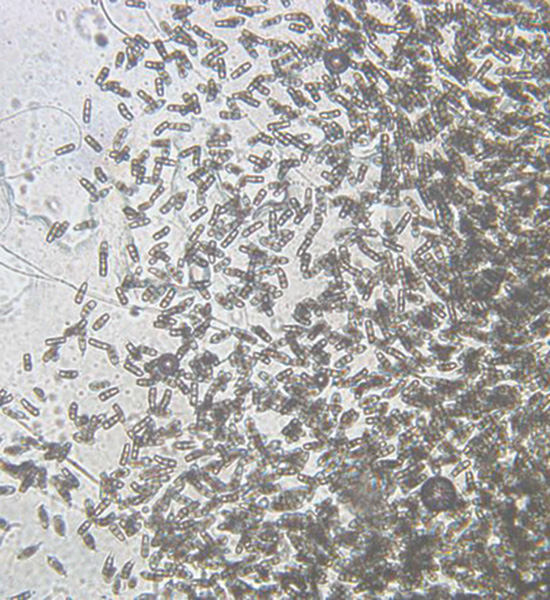
If the idea of Pestalotiopsis fungi sends you into a panic, keep in mind that they are everywhere and usually aren’t much of a problem. Think of humans who are immunocompromised; they’re more likely to be made sick by things that non-immunocompromised people can encounter and not be impacted by. Plants that are not already stressed usually are not bothered by Pestalotiopsis fungi, despite them being present.
That said, Pestalotiopsis fungi have some unique and positive properties outside of the plant world. Researchers have found that some species of fungi in this genus are capable of breaking down plastic wastes such as polyester polyurethane. Cutting back on plastic consumption is critical for a sustainable future, but studies such as this show promise for supporting the necessary act of “cleaning up the mess” of plastic waste that can’t be recycled.
Check out a 2011 study on Pestalotiopsis fungi’s ability to break down plastic.
Nicholas Goltz, DPM, is a plant pathologist and extension educator located in the northeastern United States, where he helps growers and homeowners find holistic and comprehensive solutions for plant problems.
Photos, except where noted: courtesy of Nicholas Goltz


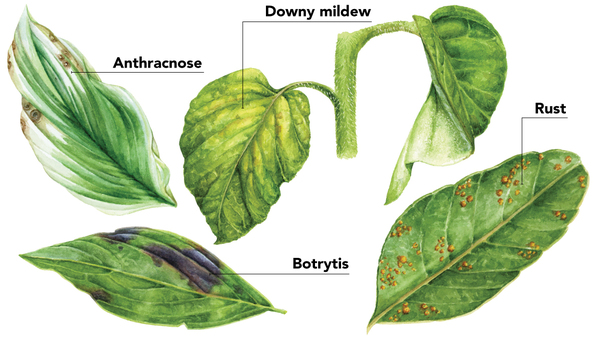
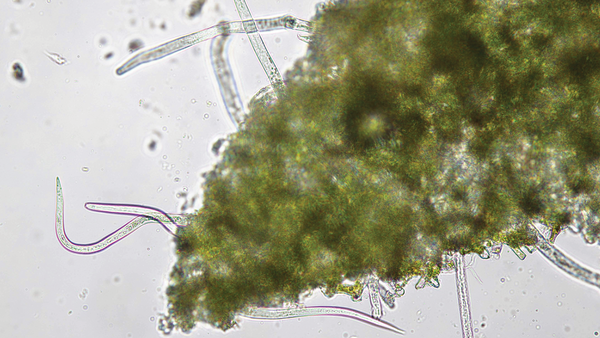

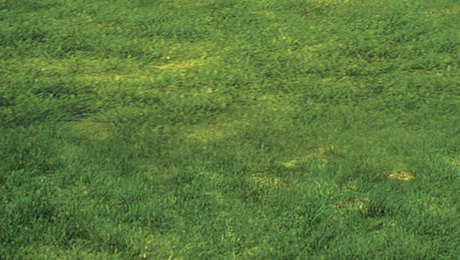












Comments
Log in or create an account to post a comment.
Sign up Log in